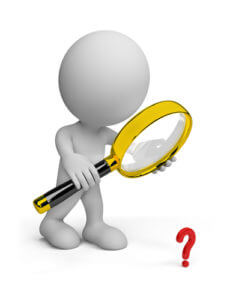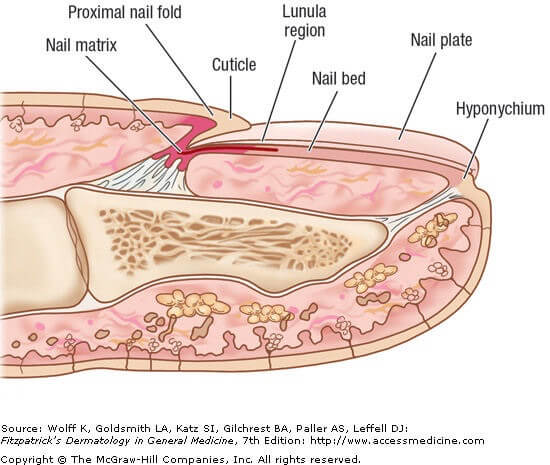Nails and Medical Health
Welcome to how nails are affected by some medical health problems
 Nails can indicate the state of your health. While thicker nails also feature they are not always associated with medical disease. Podiatrists and doctors are taught to examine hands as part of the examination. This will include nails. In this short article a few common conditions are discussed. Reading score = 61
Nails can indicate the state of your health. While thicker nails also feature they are not always associated with medical disease. Podiatrists and doctors are taught to examine hands as part of the examination. This will include nails. In this short article a few common conditions are discussed. Reading score = 61
Lungs and heart
The colour of the nail bed can appear rounded or clubbed. The blue dark nail bed shows poor circulation and the club shape is distinct making the end of the toe or finger bulged out. This emphasises that there is the possibility that lung or heart disease may be present. The good news for anyone worried about their shape is that this is advanced and no an early sign. Shortness of breath and pain on exercise arise with cardiovascular disease. The two are linked as the heart which acts as a pump may not be working properly or the blood that supplies the heart may be clogged up. Other heart pump problems include the valves, the electrical wiring and congenital defects.
The nails may show other signs such as flecks of dark red, called splinter haemorrhages. A dark yellow discolouration may be associated with kidney disease. But just because a nail is coloured should not be assumed as a cause of medical disease. Make sure shoe pigments have not stained the nail.
Skin conditions
The colour of the nail bed changes with some skin conditions. A dense white colour associated with a distorted nail may be due to psoriasis. Little pits arise on the nail and perhaps are more common to the nails of the fingers.
Pigmentation within the nail requires expert attention and the rarity of many conditions can even fox medical doctors. The need for speciality clinicians has never been more important because the conditions of the past are no longer common and experience comes from exposure to many conditions during training. Education is more important than ever. As yet no specific nail problems have been associated with the corona virus but skin changes on toes certainly have been recorded.
Cancer
A dark streak may look innocent but nail cancer (melanoma) can be overlooked and a sample is often used to rule out any concern. When a lady presented to my clinic she simply said ‘my nail has grown funny’. She had no nail and the skin was abnormal. The colour was the wrong red and certainly was not pink. I took a biopsy and as suspected she had skin cancer. This was easy enough to carry out under a freezing type anaesthetic. It was not fatal as in melanoma and was treated with some surgery. It is important to report darker pigmented stains in the nail because melanoma can remain hidden in those shoes and a medical check can save your life.
You can read more about cancer treatments affecting nails in my other articles by clicking here. I have written an article with Afni Shah-Hamilton as an over view of Cancer and the Foot, and you can see other articles written by my colleague published during 2020.
Iron deficiency and other shape changes
The thickness of nails may be due to disease and infection. Iron depletion can show up where the nail has a spoon-shaped appearance and named koiloynchia. We need enough iron to make the red blood cells work better to carry oxygen around. Severe depletion leads to anaemia or iron deficiency anaemia, shortness of breath on exertion and feeling exhausted. Koilonychia like clubbed nails does not appear early on, but later, when the condition has become established.
Thick nails
The commonest cause of nail problems stem from damage seen in my case history stories. The nail can remain thickened and even ridged. Once damaged the chance of fungal infection making an appearance increases because the nails’s three layers can be split open and the spores settle nicely in any warm, dark and moist environment.
A fungal infection or onychomycosis does not look pleasant and once established in toes is difficult to treat. The group most likely to be affected are chronic smokers, older patients, those with repeated nail damage and groups who cannot care for themselves. The latter group are an important component of society relating to mental disease and senility.
Thanks for reading Nails and Medical Health by David R Tollafield

Published by Busypencilcase Reflective Communications Est 2015
May 2020


Recent Comments